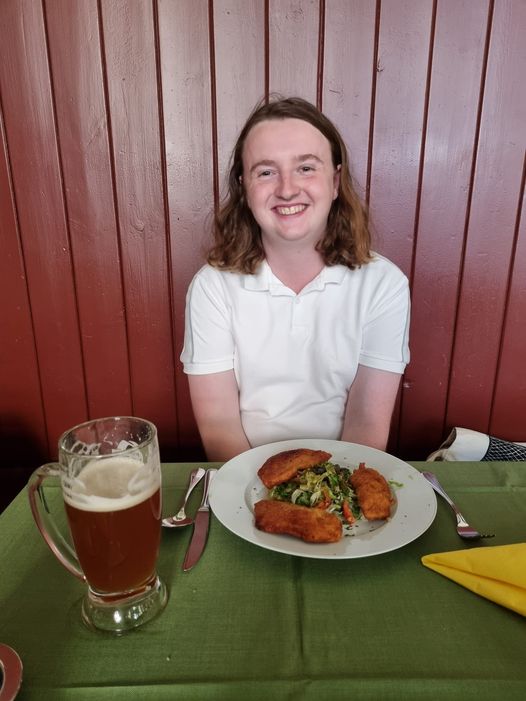Liszt and Wiener Backhendl
When Liszt visited the city of Vienna in 1838, to perform a series of charity concerts, the trip marked the beginning of one of the compositional projects for which he still remains famous—his so-called “transcriptions” of the songs of Schubert. While they are known as transcriptions, a term implying a certain kind of literalism, the Schubert-Liszt songs would more accurately be termed “concert arrangements,” for Liszt liberally reworks Schubert’s meagre vocal lines and piano accompaniment into fully-fledged piano pieces. Liszt’s nine “waltz-caprices” published under the collective title Soirées de Vienne, belong in the same category: these are concert arrangements of waltzes by Schubert. Schubert’s originals are hundreds in number, all very short and simple, suitable for playing at home among friends. Liszt freely selects from the collection and weaves them together with his own fabulously rich and tasteful ornamentation—seeming to evoke, as per the title, a glittering Viennese soirée (evening party). Since learning that, in a letter from 1875, Liszt compared his "Soirées de Vienne" to Wiener Backhendl—a kind of fried chicken popular in Vienna—I've been very curious to to supplement my understanding of Liszt's pieces. And so, finally in Vienna, I had little choice but to try the chicken, in the name of historical music research!

